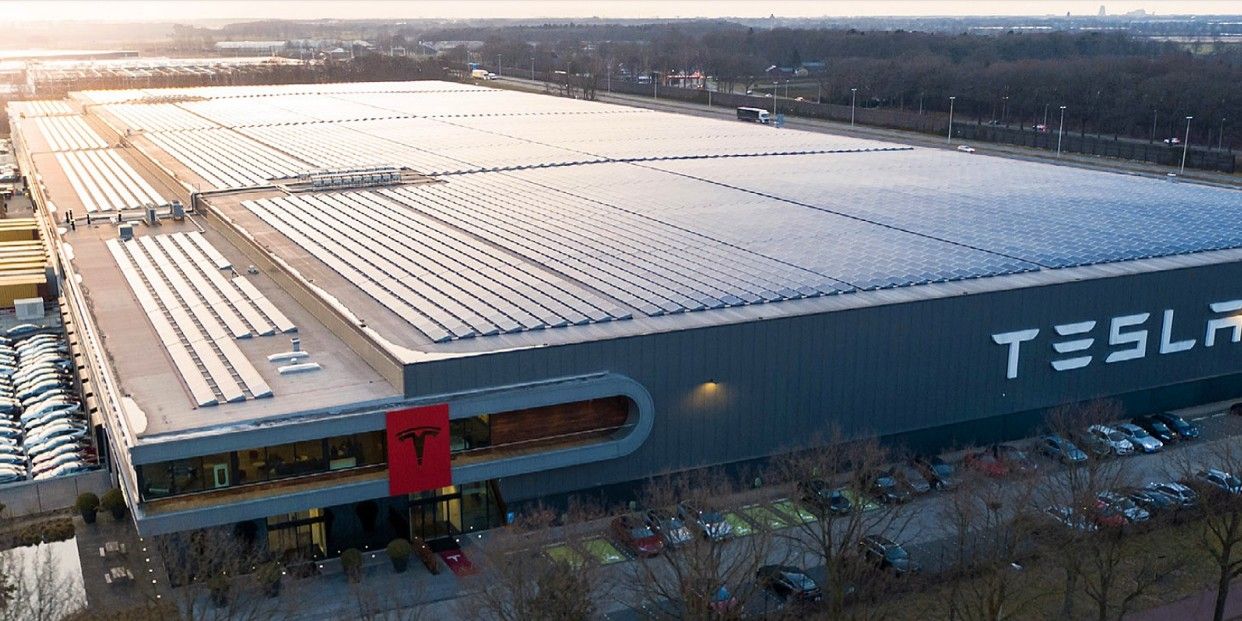🇲🇽 Why Foreign Investment in Mexico Is Surging in 2025 — And What It Means for North American Growth
Mexico is having a global moment.
Foreign direct investment (FDI) into Mexico is projected to reach record levels in 2025, according to Mexico News Daily. With rising global supply chain tensions, U.S.–China decoupling, and nearshoring becoming more than just a buzzword, Mexico has emerged as one of the world’s top destinations for manufacturing, logistics, and industrial real estate investment.
But this boom isn’t just about proximity to the U.S. border. It’s about infrastructure, trade partnerships, skilled labor, and a renewed wave of confidence from global companies betting on Mexico’s long-term stability and productivity.
📦 The Laredo Border Advantage
A key driver of this investment surge? Laredo, Texas.
The Laredo–Nuevo Laredo border is now the busiest land trade crossing in the Western Hemisphere, moving more than $800 billion in goods annually, according to U.S. Customs and Border Protection. This corridor has become a strategic entry point for companies building integrated supply chains that connect Mexican manufacturing with U.S. distribution hubs.
Laredo’s explosive growth has fueled demand for cross-border warehousing, cold storage, and logistics infrastructure—especially for companies managing just-in-time inventory models. For developers and industrial real estate investors, this region is fast becoming a high-priority growth zone.

🏭 Nearshoring Is Driving Industrial Demand
What started as a response to geopolitical uncertainty has now matured into a full-scale shift in supply chain strategy. Global firms are now "nearshoring" operations to Mexico, bringing production closer to North America to reduce risk and boost resilience.
Mexico’s advantage lies in:
- Proximity to the U.S.
- Trade access through USMCA
- Lower labor costs
- Skilled industrial workforce
- Growing infrastructure investment
In fact, nearly every major U.S. and international manufacturer is either expanding or considering expansion in Mexico. This includes firms in automotive, electronics, pharmaceuticals, aerospace, and consumer goods.
🏢 Big Names Betting on Mexico
The list of multinational companies ramping up investment in Mexico is growing fast:
- Tesla is building a gigafactory in Monterrey as part of its North American production strategy
- BMW and Kia Motors continue to expand operations in central and northern Mexico
- Amazon has added distribution centers in key logistics zones across the country
- DHL, Prologis, and TC Energy are all building out infrastructure to support regional trade growth
- Nestlé and Unilever have increased their investment in Mexico-based food manufacturing to serve U.S. and Latin American markets
These aren’t short-term plays. They’re long-term commitments to make Mexico a strategic hub in the global value chain.

🌐 What This Means for CRE and Developers
For commercial real estate professionals, this surge in foreign investment means industrial land, logistics facilities, cold storage, and workforce housing are in high demand. Markets like Monterrey, Guadalajara, and border cities like Tijuana and Ciudad Juárez are experiencing a development rush.
As international firms plant deeper roots in the region, the opportunity for cross-border collaboration is growing—especially for those with experience in logistics, capital deployment, and public-private partnerships.
💡 Final Takeaway
Mexico is no longer just the U.S.'s neighbor—it’s becoming a cornerstone of global supply chain realignment.
With strong fundamentals, deepening international partnerships, and increased investor confidence, foreign direct investment into Mexico is expected to keep climbing well into 2026. And for firms looking to grow across the Americas, the time to look south is now.